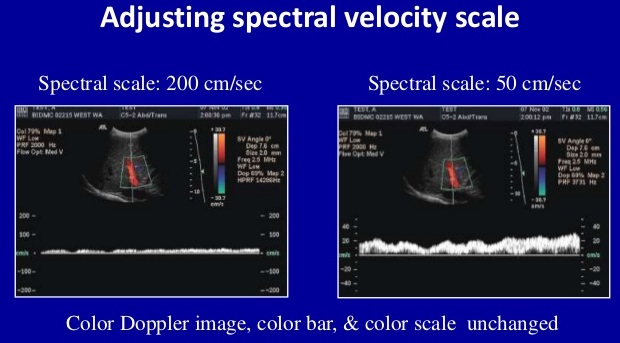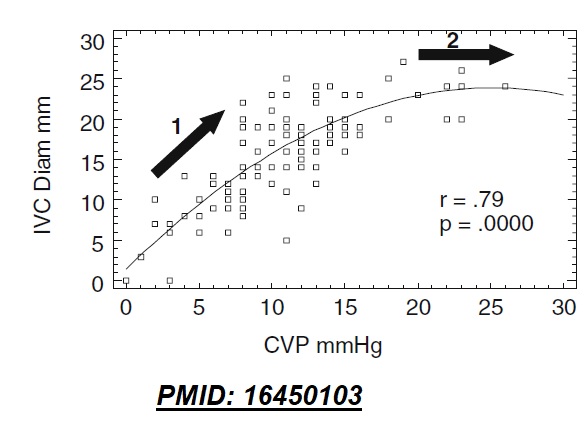**Doppler knobology microskills: Wall filter**
I realized I haven't done an ultrasonography post for a while now so here goes.
Spectral doppler knobology is often overlooked but the basic settings include (i) Doppler Gain (ii) Scale (PRF) (iii) Sweep speed, and (iv) Baseline
Here I'll talk about the less recongnized setting of "wall filter" and give a clinical example of how it may be useful to adjust.
But first, let's briefly review doppler physics.
Side-note: Similarly, tissue doppler is nothing but spectral doppler with a low-pass filter (instead of a high-pass filter)!
- Wall filter is a high-pass filter that is helpful in eliminating noise from vessel wall motion in vascular ultrasound
- This can be safely lowered when not expecting interference from fast moving tissue
- Especially consider lowering it when imaging low flows.
Also sharing a few thoughts on the other doppler settings as per conversation with @cianmcdermott
(i) Scale - This is similar to adjusting depth in 2D. This is especially helpful while measuring velocities (e.g. portal vein pulsatility) - much easier on the right!
















